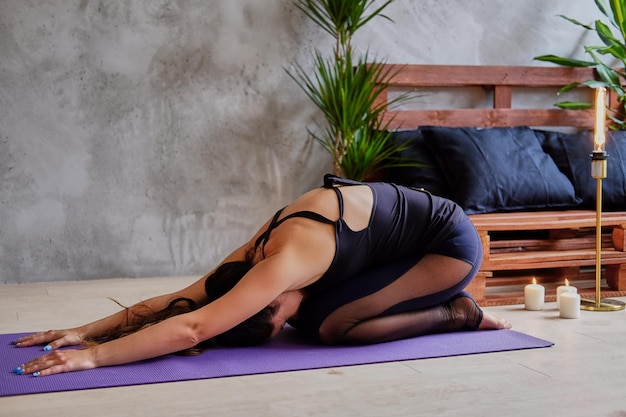
A yoga body isn’t just about being flexible—yoga can also improve your memory, heart, and bone health, according to Anna Magee.
Brits are now spending a whopping £790 million a year on yoga classes and mats. While yoga trends are getting more unusual (rage yoga? yoga on horseback?), science increasingly supports yoga’s real benefits.
Studies show that a three-month course of yoga and meditation can be more effective than memory exercises for reducing age-related brain issues. Another study found it helped breast cancer survivors sleep better.
When Lucy Edge, a former ad executive, fell into depression, she chose yoga over antidepressants. After a six-month break to learn yoga in India, she returned happier and content. She has since written books on yoga and launched Yoga Meds, a resource listing over 300 clinical trials on yoga’s benefits.
Thinking of improving your memory? Forget crossword puzzles—try yoga instead. UCLA research found that in a 12-week study of adults over 55, yoga was more effective than memory exercises for improving memory and reducing depression, anxiety, and stress.
You don’t need to twist into a pretzel to benefit. The study participants did one hour of Kundalini yoga per week, which involves gentle poses, breathing techniques, meditation, and chanting. They also did 20 minutes of Kirtan Kriya, another meditation type with chanting and hand movements.
Yoga can be just as effective as walking or jogging for heart health. A 2014 review found that yoga might lower heart disease risk similarly to conventional exercise. Reducing stress through yoga is crucial since stress hormones can elevate blood pressure and heart rate, increasing the risk of heart disease.
Yoga’s emotional health benefits are well-documented, helping with anxiety, stress, and depression. This is particularly important for people who have had cardiac events or surgery. Yoga can improve blood pressure, cholesterol, and weight, which are all heart disease risk factors.
For beginners, Charlotte Watts offers a stress-reducing yoga series in her book, “The De-Stress Effect.” Anna Ashby from Triyoga Studios suggests Restorative yoga, which involves supported poses held for extended periods to reduce stress.
Yoga also aids back pain. Sarah Shone, a physiotherapist and yoga teacher, found that 87% of her students reported reduced pain. The National Institute for Clinical Excellence includes yoga as a recommendation for lower back pain. Shone aims to train more physiotherapists to use yoga in treating older adults.
Yoga can prevent incontinence and increase bone density by targeting pelvic floor muscles. It’s adaptable, making it accessible for everyone. For beginners, gentle styles like Hatha or Iyengar are recommended. Talk to your doctor if you’re eligible for subsidized yoga through an exercise referral scheme.
For yoga props, a good mat is essential. Consider its durability, weight, and thickness, especially if you suffer from joint pain. Healthista recommends the eco-friendly Elephant Cork Yoga mat from Valka Yoga. It’s made from renewable cork and natural rubber, provides joint comfort, and is antimicrobial. Plus, Valka plants a tree for every mat sold.
For added support, the matching Valka yoga block can assist in more challenging poses. Cork blocks offer better stability and grip compared to foam blocks.
Whether you’re flexible or not, yoga has something for everyone. Styles like Yin or Restorative yoga are gentle with lots of support. Vinyasa Flow is energetic and connects breath with movement. Iyengar yoga focuses on alignment and uses props. Anusara yoga combines alignment with upbeat music, while Yoga Therapy uses yoga for healing injuries or illnesses.
With these options, there’s something to suit everyone’s needs and preferences.